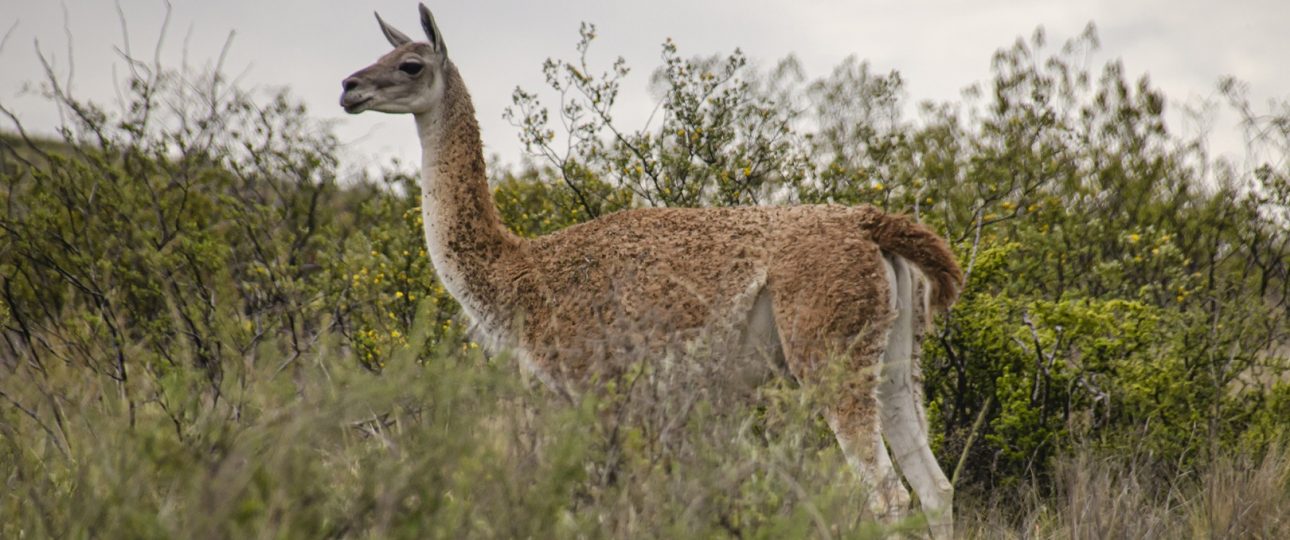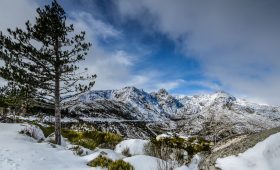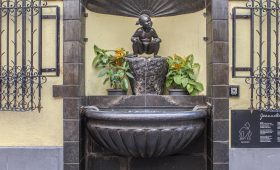Discovering Parque Nacional Lihué Calel
Parque Nacional Lihué Calel, located in the heart of Argentina’s La Pampa Province, is a fascinating destination for those seeking a blend of natural beauty and cultural history. Established in 1977, this 324-square-kilometer park is known for its unique landscapes of mountain plains and plateaux, dotted with grass tussocks. The name “Lihué Calel” comes from the Mapudungun language, meaning “mountains of life,” which perfectly captures the essence of this vibrant area.
Getting There
The park is accessible from several nearby towns: it’s 230 kilometers from Santa Rosa, 121 kilometers from General Acha, and just 35 kilometers from Puelches. If you’re flying in, the nearest major airport is Santa Rosa Airport, which connects to Buenos Aires. From Santa Rosa, renting a car is advisable as it allows flexibility to explore the park at your own pace. Be prepared for a drive of about two hours, and note that the national route 152 leading to the park is paved but in poor condition, so drive carefully.
What to Bring
Before setting out, ensure you have all necessary supplies, including water, food, and fuel, as amenities are sparse in the surrounding area. The park’s remote location means you’ll need to be self-sufficient during your visit.
Exploring the Park
Upon arrival, you’ll find a welcoming atmosphere at the park’s entrance. The visitor center, housed in a building of historical significance, offers informative displays about the park’s natural and cultural heritage. If you’re short on time, as I was during my visit from Santa Rosa to Neuquén, the center provides a quick yet insightful overview.
Hiking and Trails
The park features several trails, each offering a unique perspective of the landscape. A 17-kilometer vehicle trail, suitable for regular cars, allows you to explore the park’s expanse. For those who prefer to hike, there are trails of varying difficulty:
- Sendero del Cerro: A moderate hike leading to the summit of Cerro Lihué Calel, rewarding you with panoramic views.
- Sendero de las Pinturas Rupestres: This trail takes you to ancient rock art sites, a testament to the region’s rich indigenous history. The hike is of low difficulty but can be exhausting due to the heat and lack of shade.
Camping and Accommodation
If you wish to extend your stay, the park offers a camping area with picnic tables, perfect for a leisurely lunch amidst nature. For those preferring more comfort, accommodations are available in Puelches, a short drive from the park.
Best Time to Visit
The ideal time to explore Parque Nacional Lihué Calel is during the spring and autumn months, from September to November and March to May. During these periods, the weather is pleasant, and the landscapes are particularly vibrant. Summer months can be extremely hot, making outdoor activities challenging.
While the park’s remote location requires some preparation, the experience of exploring its landscapes and learning about its history is truly rewarding. Just remember to plan ahead, drive safely, and enjoy the serenity of this remarkable place.





